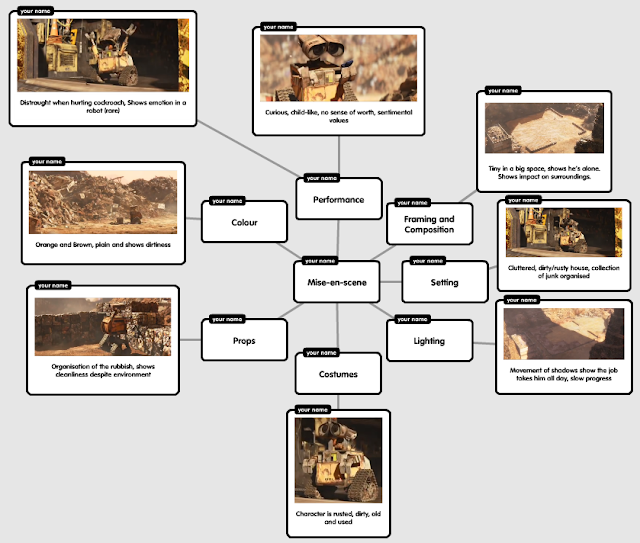V for Vendetta does not fully comply with Classic Hollywood Narratives fully, in fact, it only complies to half of the parameters set and found in Hollywood narratives.
For example, in the film, there is not a defined villain, to which the movie would end to upon his/her death. However, the film ends once Parliament is destroyed, so the symbol of government is destroyed, ending the movie. Showing that government is the villain due to repression of ideas (the people), showing that opposition and conflict is not completely followed as V for Vendetta uses symbols rather than characters to have conflict between (Anarchy vs Fascism)
There is also no positive end or closure, typically found in Hollywood. The film ends after government is destroyed, which makes the viewer feel satisfied. However, there is no closure afterward.. Does the government rise again by oppressing the people again? Or do people turn on eachother? We are not told like the "happily ever after" we are given in most films. This leads to the idea of resolution in a 3 act structure, there is no resolution. Anarchy and fascism could still occur in this universe, we do not know?
Overall, V for Vendetta subverts some of the rules of classic Hollywood narrative. This the deliberate rebellion against the rules, by bending them to it's own will. This is a metaphor for us to question the simple rules set out by society, rather than follow like sheep


